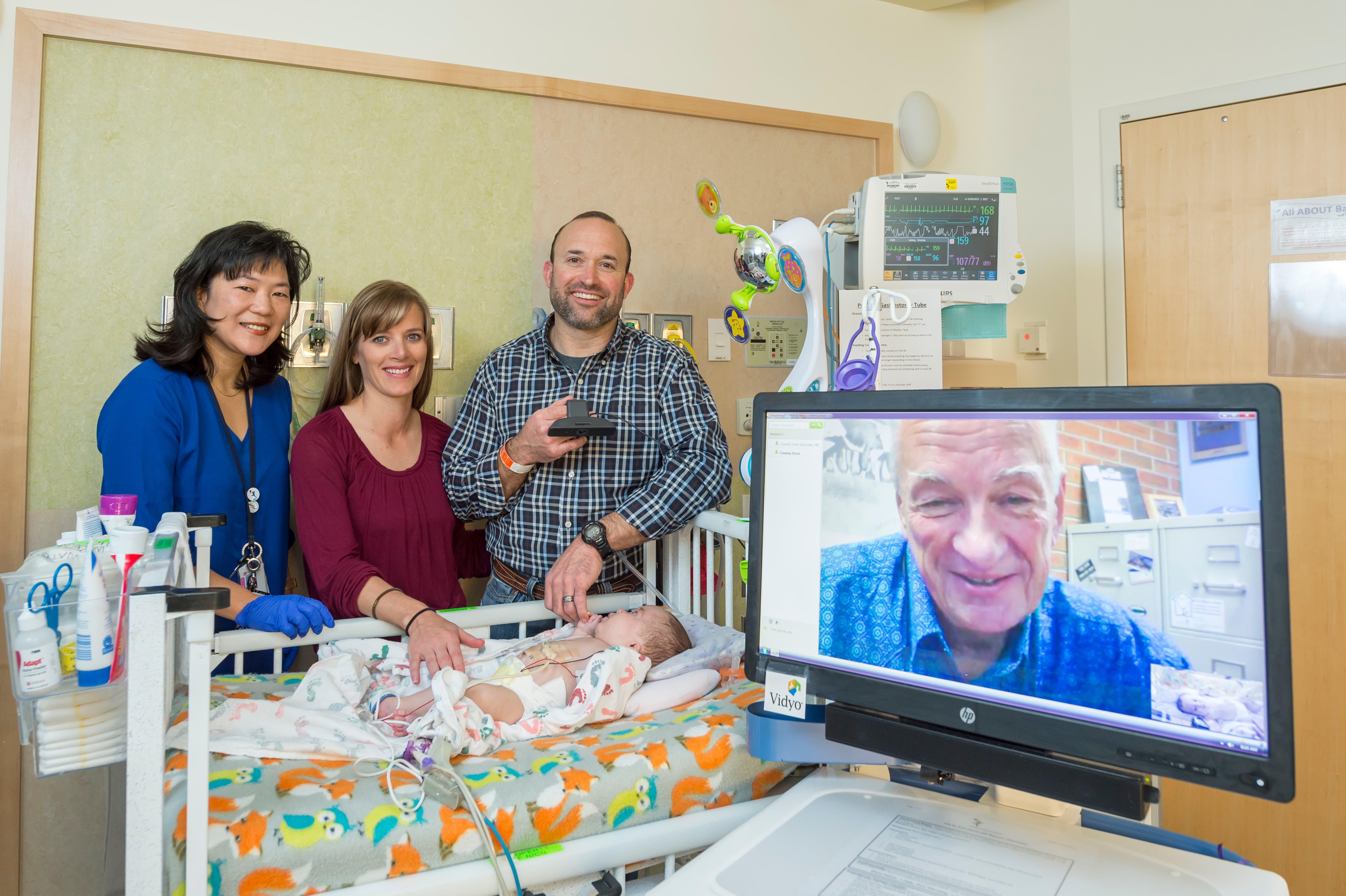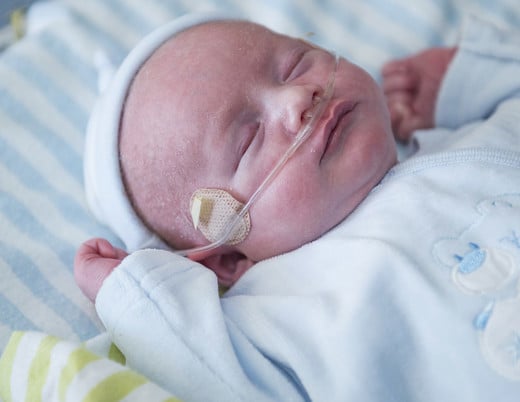Key takeaways
-
Medically complex infants face a higher risk of readmission after neonatal intensive care unit (NICU) discharge, yet their discharge summaries are often incomplete or lack important details.
-
In this case series, a multi-institutional collaboration sought to enhance NICU discharge communication and improve transition of care from the neonatologist to the pediatrician using telehealth handoffs.
-
Telehealth handoffs provide an opportunity for the neonatal provider, pediatrician, family and relevant subspecialists to share information and ask questions.
-
Scenarios where telehealth handoffs have been valuable include assisting with post-discharge care plan changes, demonstrating unique physical findings, making additional subspecialists available and coordinating care across long distances.
-
While this approach is relatively easy to implement, more research is needed to evaluate the impact of telehealth handoffs on outcomes and patient and caregiver experiences.
Research study background
Infants discharged home from a neonatal intensive care unit (NICU) may face elevated risks due to factors such as prematurity, lingering medical issues, dependence on technology, and challenges within the family dynamic. These risks can lead to acute emergency department visits and hospital readmissions.
The transition of care from the neonatologist to the primary care provider typically relies on written summaries or phone handoffs, but recent surveys reveal pediatricians' dissatisfaction due to incompleteness and lack of critical health details. Traditional methods may fail to convey unique findings and hinder discussions on post-discharge health issues, posing challenges for coordinated care.
Children’s Hospital Colorado was among three institutions collaborating on this case study as part of the Supporting Pediatric Research Outcomes Utilizing Telehealth (SPROUT) initiative. The project's objective was to enhance discharge communication and hospital handoffs between neonatologists and PCPs using telehealth. This case series highlights four scenarios illustrating the benefits of this approach.
Case 1: Support for change in care plans after NICU discharge
Telehealth handoff coordination optimized home oxygen for a medically complex infant. Remote adjustments by PCP, neonatologist and pulmonologist averted readmission and improved oxygen saturation levels. The pulmonologist expedited follow-up and increased oxygen deliveries, ensuring the infant's stability at home.
Case 2: Demonstration of physical findings
Telehealth handoff facilitated communication among the neonatologist, mother, pediatric surgery nurse practitioner (NP) and PCP for an infant with a large omphalocele and post-surgical epithelialization. This ensured a clear understanding of anomaly size, wound status and care instructions for an uncommon diagnosis. The NP provided guidance on when the PCP should contact pediatric surgery for timely intervention.
Case 3: Incorporation of additional subspecialties
A late preterm infant diagnosed with Hurler's disease was treated for mild cardiomyopathy, weaned to low-flow oxygen and discharged from a level IV NICU. A telehealth handoff including the family clarified unique findings and disease complexities, empowering the PCP to coordinate timely enzyme replacements with insights from the NICU provider and metabolic consultant.
Case 4: Care coordination for remote patients
An infant born in a small rural mountain town was transferred to a level IV NICU for diaphragmatic repair. A handoff at discharge involving the NICU provider, surgical PA and family helped familiarize a new PCP with the infant's mild tachypnea and clarified home oxygen delivery across state lines. The PA and PCP also discussed using telehealth to prevent an 11-hour drive for surgical follow-up.
Relevance to practice
Study authors noted that telehealth handoffs are relatively easy to implement. They underscored the need for more research to gather objective data on the provider and caregiver experience and how this approach can impact safety, health outcomes and quality of care.
Featured Researchers

Christina Olson, MD
Medical director, Telehealth
Children's Hospital Colorado
Associate professor
Pediatrics-Pediatric Hospital Medicine
University of Colorado School of Medicine

Jeanne Zenge, MD
Neonatologist
Neonatal Intensive Care Unit
Children's Hospital Colorado
Associate professor
Pediatrics-Neonatology
University of Colorado School of Medicine





 720-777-0123
720-777-0123










